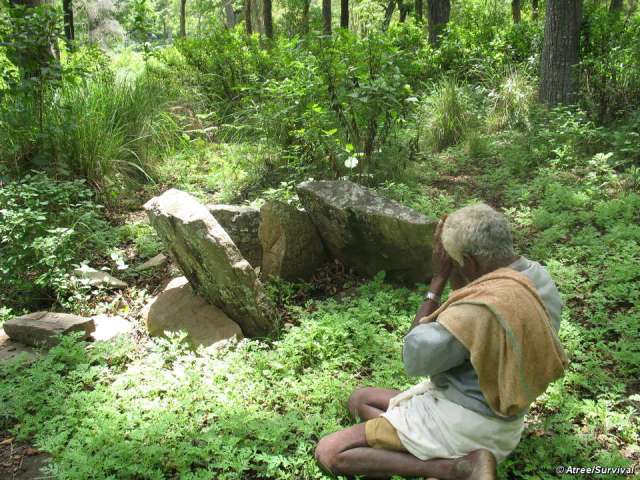Forest Rights: Jung Jungle aur Jungle ke logo ka. Voices of Bhil tribal from semi-arid forest, Rajasthan, India.
A short video documentary (14mins) film ‘Forest Rights’ is produced and directed by Purabi Bose based on research field work data collection. Camera assistance by Savyasachi.
The film brings the voices of marginalised scheduled tribes, in particular, the Bhil tribal of Rajasthan, to express the complexities of tribal India’s decentralisation and forest tenure reform in their lives and in tribal self-governance of forests in semi-arid areas. The story told through the voices of Bhil people (men and women) provides further insights on the issue of institutional pluralism, citizenship, forest governmentality, participation, and the challenge of access rights particularly of tribal women that are prevalent amnd may have increased due to the implementation of the Forest Rights Act 2006.
This film has been premiered at the International Association for the Study of Commons (IASC), January 2011 in Hyderabad, India. The film has been used as educational material in the Universities (on Social Development, Law and Governance, and Forest Management and People) in the Netherlands, USA, Brazil and Germany.
Keywords: NTFPs, minor forest produce, gender, rights, human rights, government, institutions, decentralisation, micro-politics, community, indigenous people, tribal, adivasi, women, authority, power, delegation, devolution, citizenship, institutional pluralism.
Purabi Bose.
Published on Apr 27, 2012
Source: ▶ Forest Rights. A film by Purabi Bose. – YouTube
Address : https://www.youtube.com/watch?v=D9DeJeLwGhY&feature=youtu.be
Date Visited: 10 June 2021
Research the above issues with the help of Shodhganga: A reservoir of theses from universities all over India, made available under Open Access >>

Learn more about the Soliga community in Karnataka >>

“We have a special responsibility to document, monitor and conserve our most precious asset” – Kamaljit S. Bawa in “Our biodiversity, our life, our future” >>
Government of India, national & international organizations
Endangered languages: Peoples’ Linguistic Survey of India
Govt. of India, NGOs, Indian universities and international organisations
Govt. What are the Rights of Scheduled Tribes (ST)
Human Rights Commission (posts) | www.nhrc.nic.in (Government of India)
India’s Constitutional obligation to respect their cultural traditions
India’s 28 States and 8 Union Territories
National Commission for Scheduled Tribes | Related posts
Particularly Vulnerable Tribal Groups (PVTG)
People’s Linguistic Survey of India | Volumes (PLSI) | PeoplesLinguisticSurvey.org
Universal Declaration of Human Rights & International Convention against Torture
Women | Safe search | President Droupadi Murmu on women’s empowerment
Legal provisions
Child rights & Right to education handbook
Constitution and Supreme Court
Denotified, nomadic and semi-nomadic (“hidden”) tribes: Classifications in different states
Forest Rights Act (FRA) | Legal rights | What is the Forest Rights Act about?
India’s Constitutional obligation to respect their cultural traditions
Scheduled Tribes (ST) | Who are Scheduled Tribes?
Who is a forest dweller under this law, and who gets rights?
Resources
Anthropology & Anthropological Survey of India
Books on tribal culture and related resources
Fact checking | Factchecker.in | Safe search examples with keywords:
“factchecker.in rural india“| “factchecker.in adivasi tribe“
Figures, census and other statistics | Primitive Tribes in Andaman and Nicobar Islands (Census 2011)
Indian magazines and web portals – news coverage and analysis
Indigenous knowledge: biodiversity, ecology, health, nutrition, nature, wildlife
Languages and linguistic heritage
Nehru’s 5 Principles: Panchsheel
News update in Indian periodicals: Tribal Affairs
People’s Linguistic Survey of India | Volumes (PLSI) | PeoplesLinguisticSurvey.org
